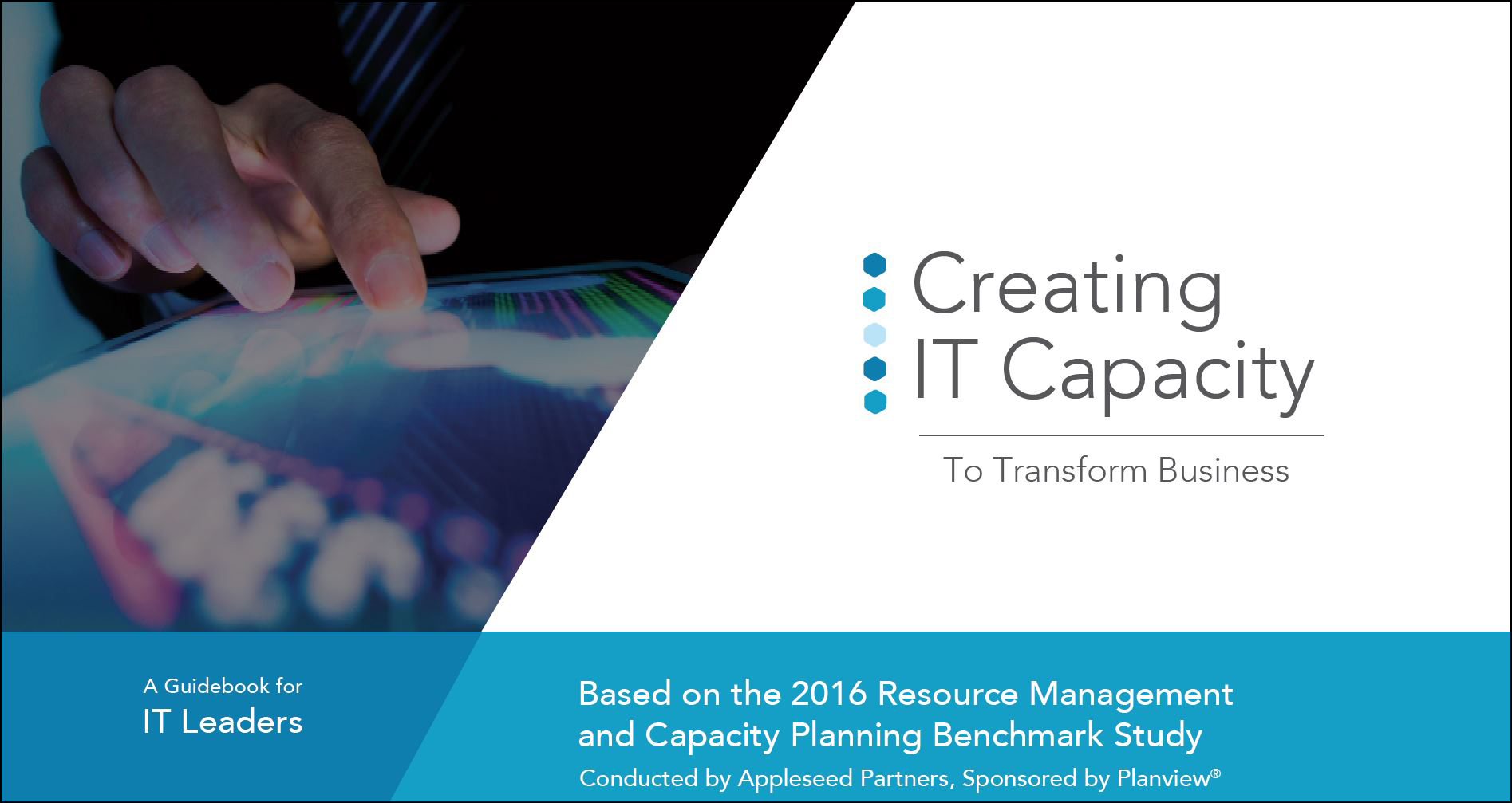
Capacity planning is essential when it comes to how to manage resources effectively and efficiently. Businesses who embrace capacity planning find they are more nimble and capable of making sure the right resources are working on the right projects at the right time.
Stop struggling with high demand and overcommitted resources. By becoming a more mature, capacity-centric organization, it is easier to make smart tradeoffs. With a higher maturity level, you can improve project timeliness and reduce the business risks that threaten to slow you down.
For example, a Resource Management and Capacity Planning Benchmark Study showed that 38% of organizations with higher maturity levels, regarding capacity planning, are better able to prioritize demand through continuous planning. They are also 29% better equipped to run what-if scenarios to optimize their resources.
How can you begin to make this resource management change and take the next steps toward maturity? Here are two simple tips:
- Understand Resource Capacity and Demand
For starters, you need real-time visibility into resource capacity and pipeline demand. This is essential if you want to proactively allocate resources and improve execution across your entire portfolio. When you get a handle on demand, you can reduce the number of unplanned projects. One way to accomplish this is to stop letting unplanned projects fly under the radar – especially when they are eating up resources and impacting your project delivery timeline.
It is also important to have the right tools to deliver an accurate view into pipeline demand. This will allow you to make sure all projects are visible and tied to strategy. For example, by relying on enterprise software instead of spreadsheets for capacity planning, you can begin to have a holistic, real-time view. By streamlining planning, you gain access to accurate data for better decision-making. This means you should encourage your PMO to become more strategic and less tactical. They can also take the lead on making sure the tools and information used are easy to access.
- Don’t Over-commit
The next step to improving resource management is to make sure your PMO is not committing to new projects without taking capacity into account. If your organization becomes more capacity-centered in its gating process, it is more likely to deliver projects on time. Your PMO should define the metrics to evaluate and prioritize projects.
When it comes to the gating process, try automating the process. This allows for continual prioritization and capacity planning across the entire project portfolio. Continual planning can ensure greater value from your resources and money invested in the portfolio.
- Conduct What-if Scenarios and Analyze Your Data
Running what-if scenarios on resources in real-time will allow you to take on new opportunities in hours or days. Skip the fire drills by using a PPM tool to get information in views that are logical and allow to pinpoint issues fast. This allows investment decisions to be made much more quickly so your resources can take on new, unplanned projects.
I invite you to read the eBook, Creating IT Capacity to Transform Business, to discover key industry trends related to resource management. The site itself offers a ton of info to help you start thinking the current state of resource management at your business as well as recommendations for managing resources efficiently.




